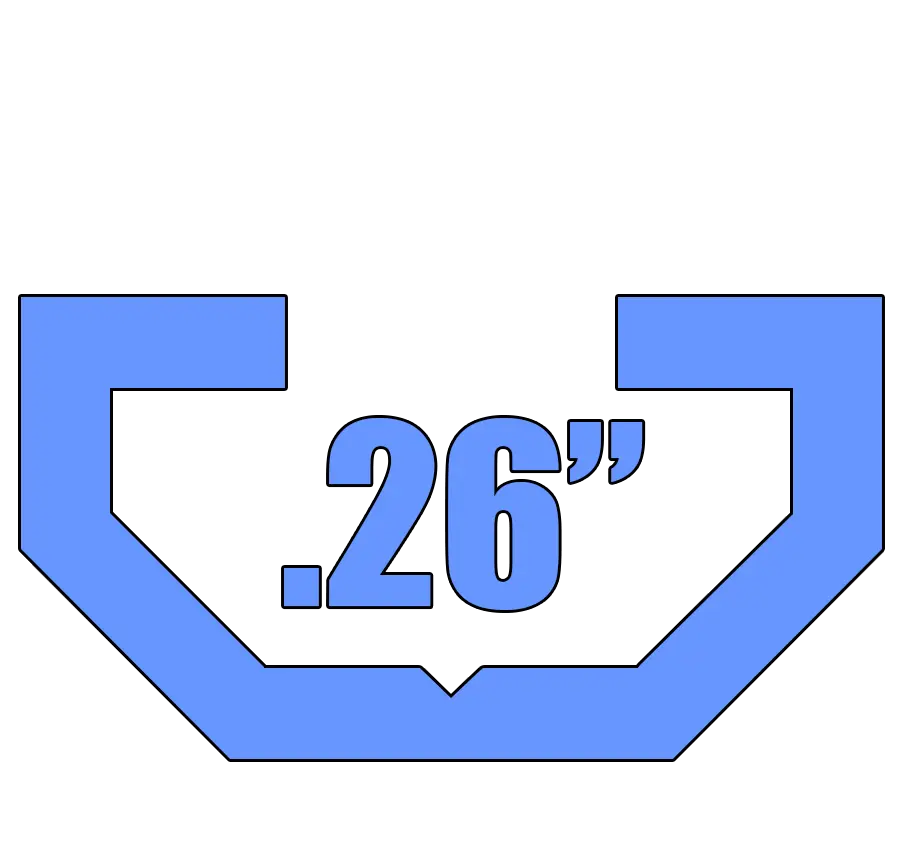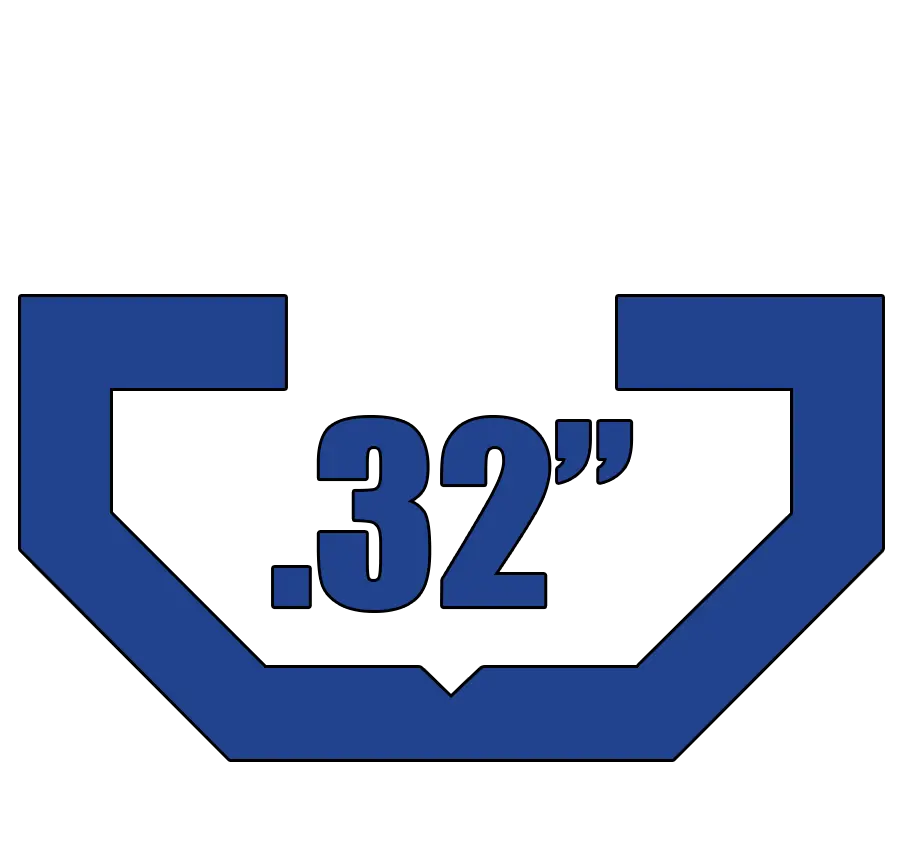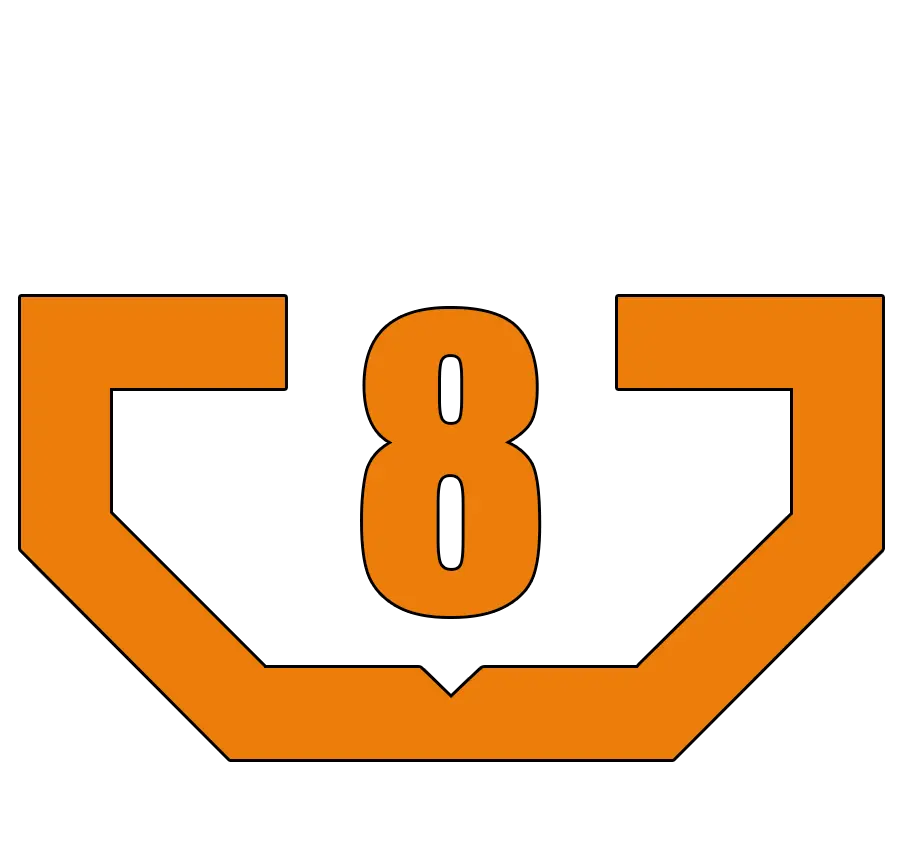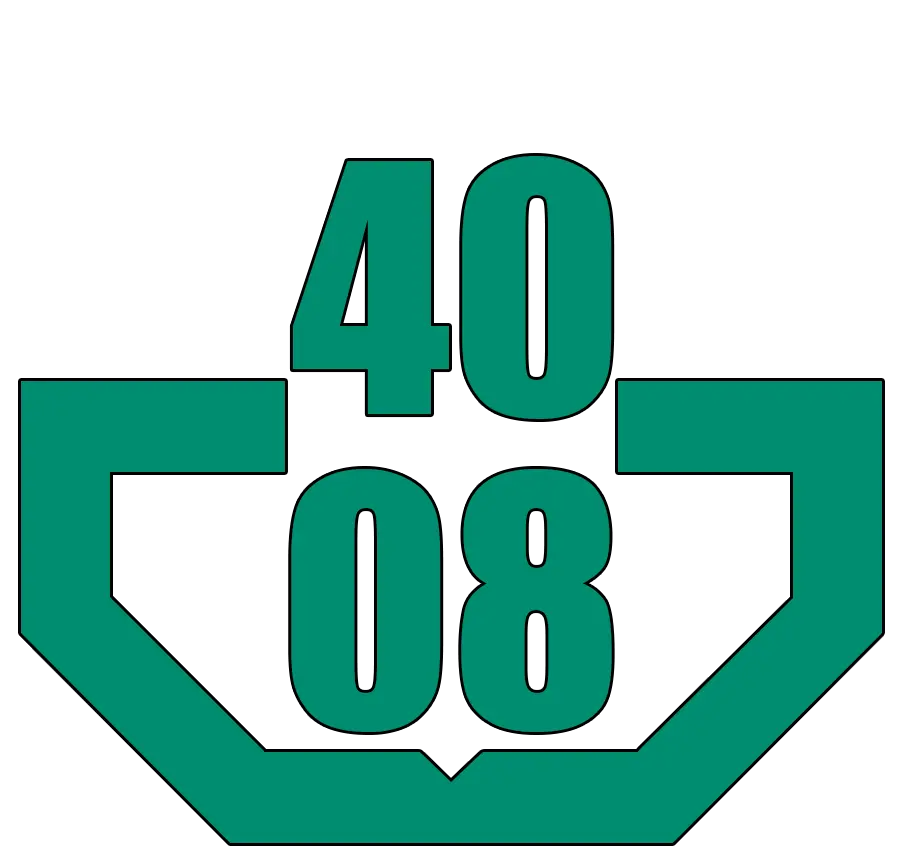T-slot Compatibility
T-Slot Aluminum Compatibility Made Simple
At Framing Tech, we make identifying compatible T-slot aluminum extrusions fast and intuitive. Every extrusion series is color coded so that at a glance you can see which profiles will work together. This system helps ensure that your modular framing projects come together smoothly and without guesswork.
Color-Coded Series Guide:
- Light Blue: 10 series with 0.26" T-slot width
- Dark Blue: 15 series with 0.32" T-slot width
- Purple: 20-05 series with 5mm T-slot width
- Pink: 20 series with 6mm T-slot width
- Orange: 30 series with 8mm T-slot width
- Light Green: 40 series with 8mm T-slot width
- Dark Green: 40 series with 10mm T-slot width
- Red: 45 series with 10mm T-slot width
If an item is not color coded, it usually means that compatibility is determined by the hardware. In most cases, a quick adjustment or swap of connectors and fasteners will make non-compatible items work together effortlessly.
The result is a highly flexible, modular fabrication system that allows you to easily construct just about anything you can imagine for the workplace or home. With the help of compatible brackets, connectors, fasteners, gussets, panels, and countless other accessories, you can quickly transform a collection of inch or metric aluminum profiles into any custom structure, cart, or workstation that you can imagine!

10 Series
0.26" wide T-slot

15 Series
0.32" wide T-slot

20 Series
6mm wide T-slot

30 Series
8mm wide T-slot

40 Series
8mm wide T-slot

45 Series
10mm wide T-slot
LIGHTNESS OF ALUMINUM
Shipping and delivery costs are naturally less because of the reduced weight of the fabrication. Because individual components are so light, it's a breeze to unpack your shipment. For the same reason, assembling the framework can often be done in minutes, because everything you need has been pre-measured and cut to size. Later on, if you find you have to relocate the fabrication, you may not even need to disassemble it-the entire piece may be light enough to pick up and move!


STRENGTH
While aluminum may not be as hard as steel, its strength-to-weight ratio is far superior, with a molecular density that is one-third that of steel. How strong is "strong"? Consider this: our extruded aluminum aquarium stands are able to hold a filled 220-gallon tank weighing about a ton!
Metric vs. Inch T-Slot Aluminum Profiles
Because of the differences between the two measuring systems, it is highly recommended NOT to “mix and match” metric and inch aluminum profiles. While most of the world now uses the metric system, other parts of the world (notably, the United States) has stuck with the imperial measurement system.
While metric and inch aluminum profiles are just not compatible with each other, within their respective categories the profiles are highly compatible. Profiles in each category are broken up into three designations:
- Light duty: Suitable for pet cages, sign frames, simple partition screens, etc.
- Medium duty: Suitable for legs for a machine base, machine guarding, laboratory enclosures, etc.
- Heavy duty: Suitable for very strong, rigid frames that will hold a lot of weight, such as an aquarium stand.
Connectors, Fasteners, and Accessories
Screws, bolts, quick connectors, and the like, along with outside paneling and other accessories—whether plastic, metal mesh, aluminum composite, laser-safe panels, acoustic panels, or other specialty options—should likewise be chosen for compatibility with the application for which the fabrication is designed.
While most of these add-ons are compatible across the board with our aluminum profiles, be cognizant of the fact that a few are not. For example, certain square nuts are not compatible with 40-10 series profiles (and this fact is explicitly mentioned in the accessory description).
Last but not least, beware of galvanic corrosion. This is an electrochemical process in which one metal corrodes when it is in contact with another in the presence of an electrolyte such as rainwater. The classic example is the Statue of Liberty, where the configuration of the iron armature in contact with the copper skin provided the ideal environment for galvanic corrosion. While aluminum usually plays well with other materials, T-slot aluminum is not really compatible with stainless steel thanks to galvanic corrosion.